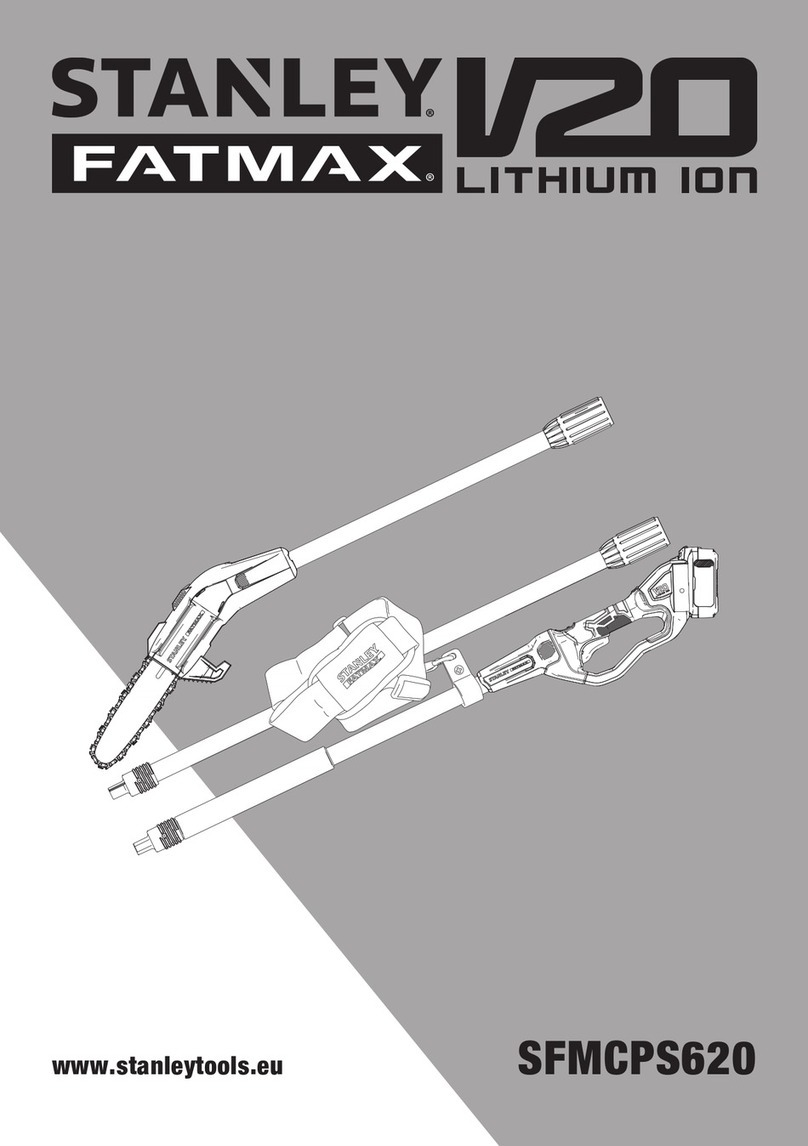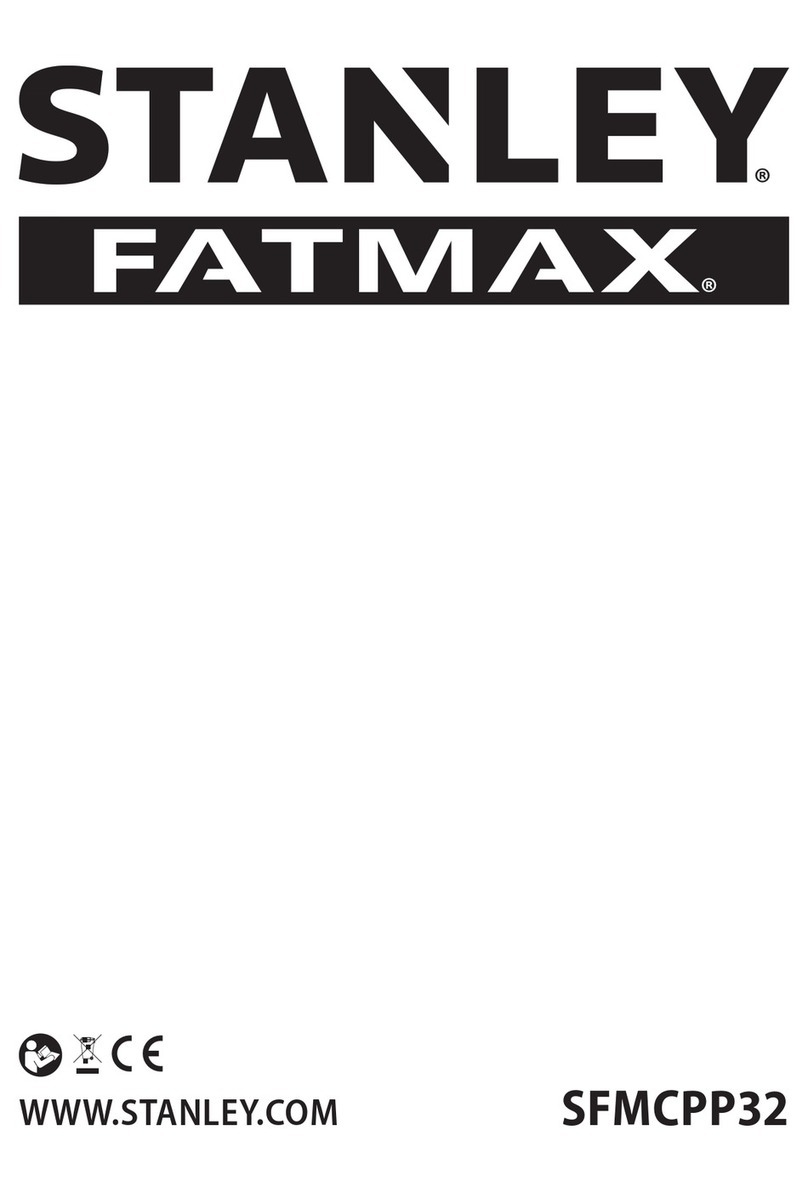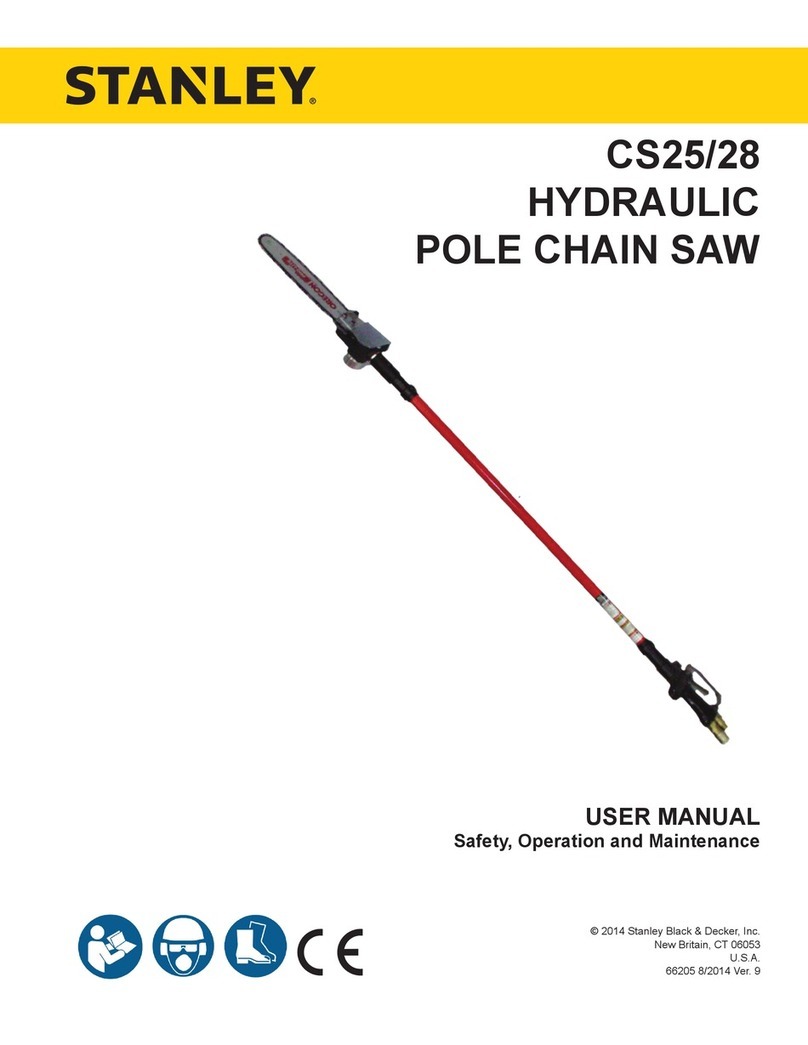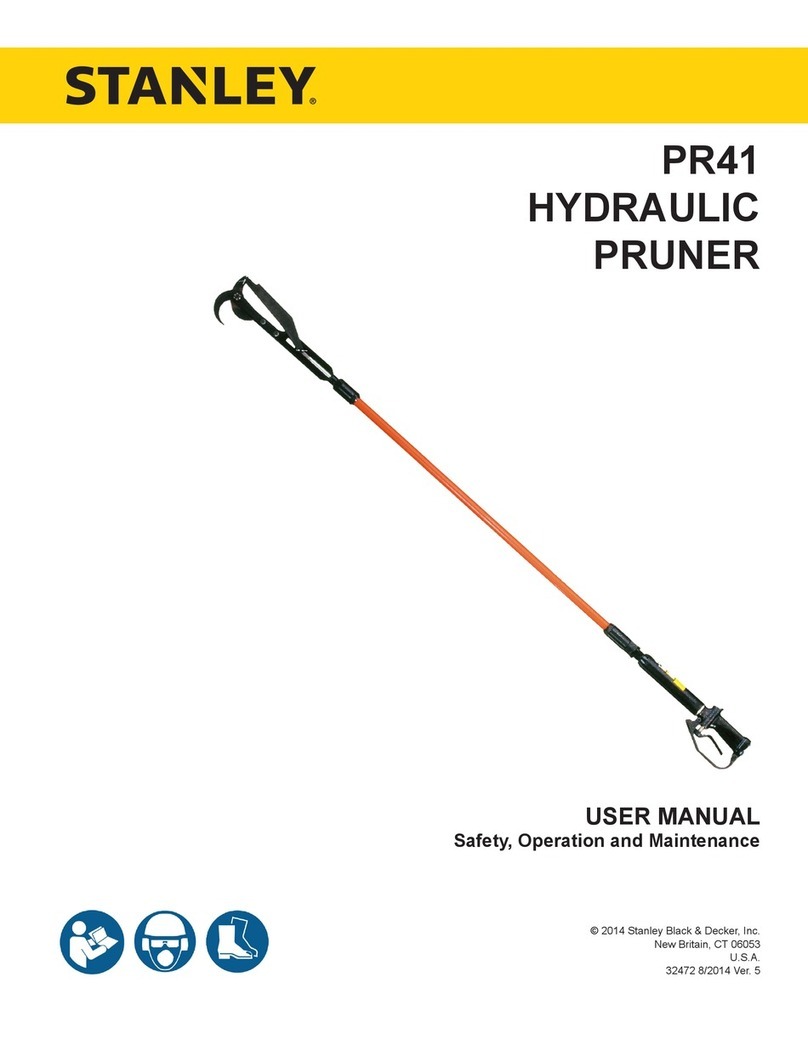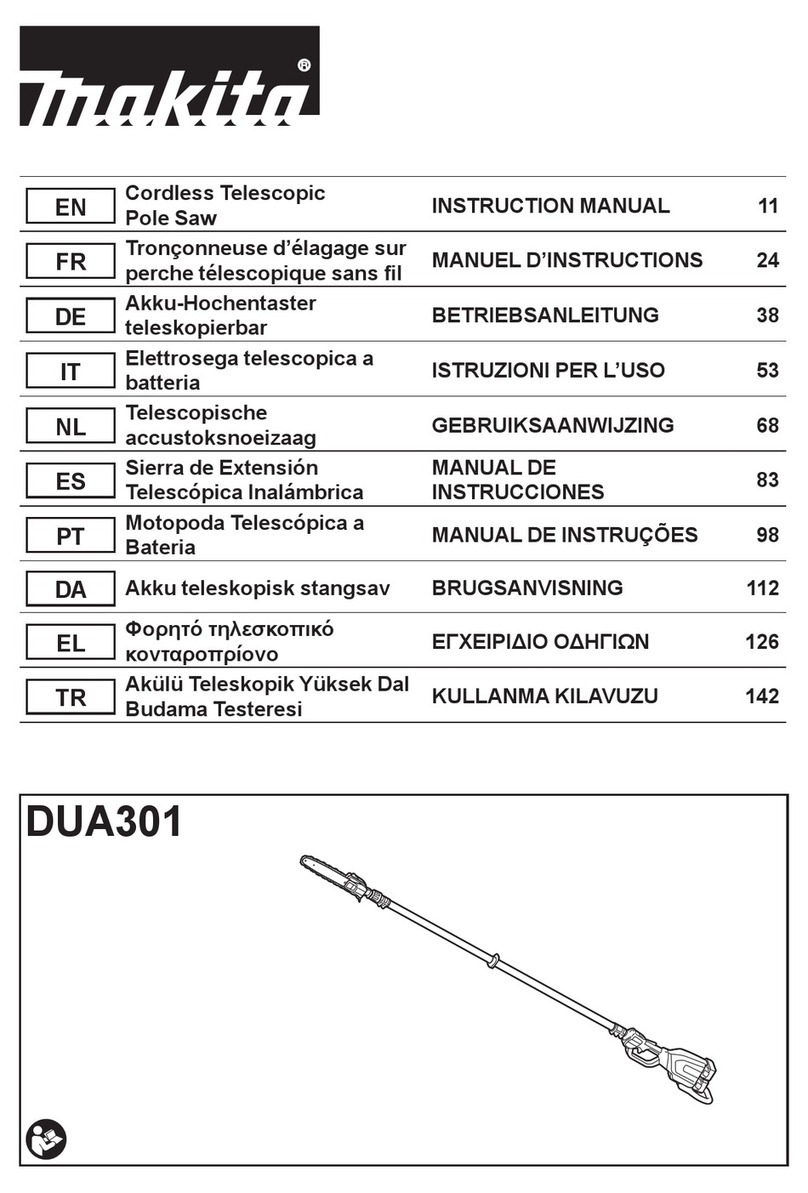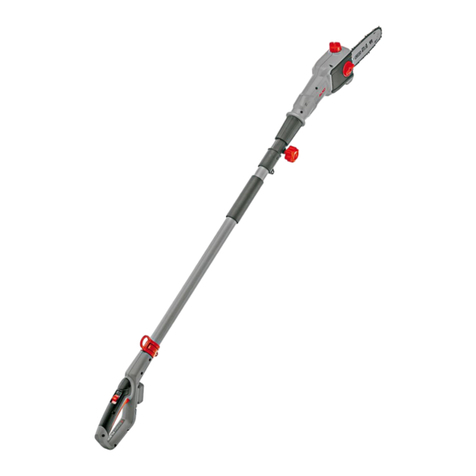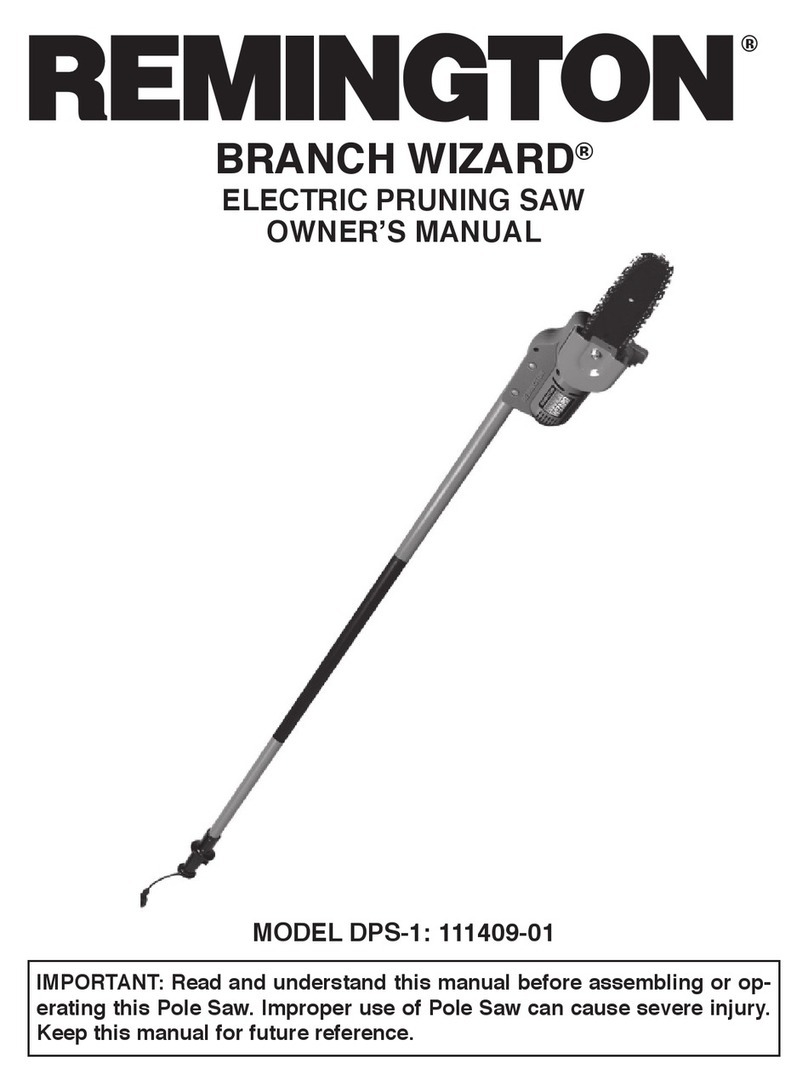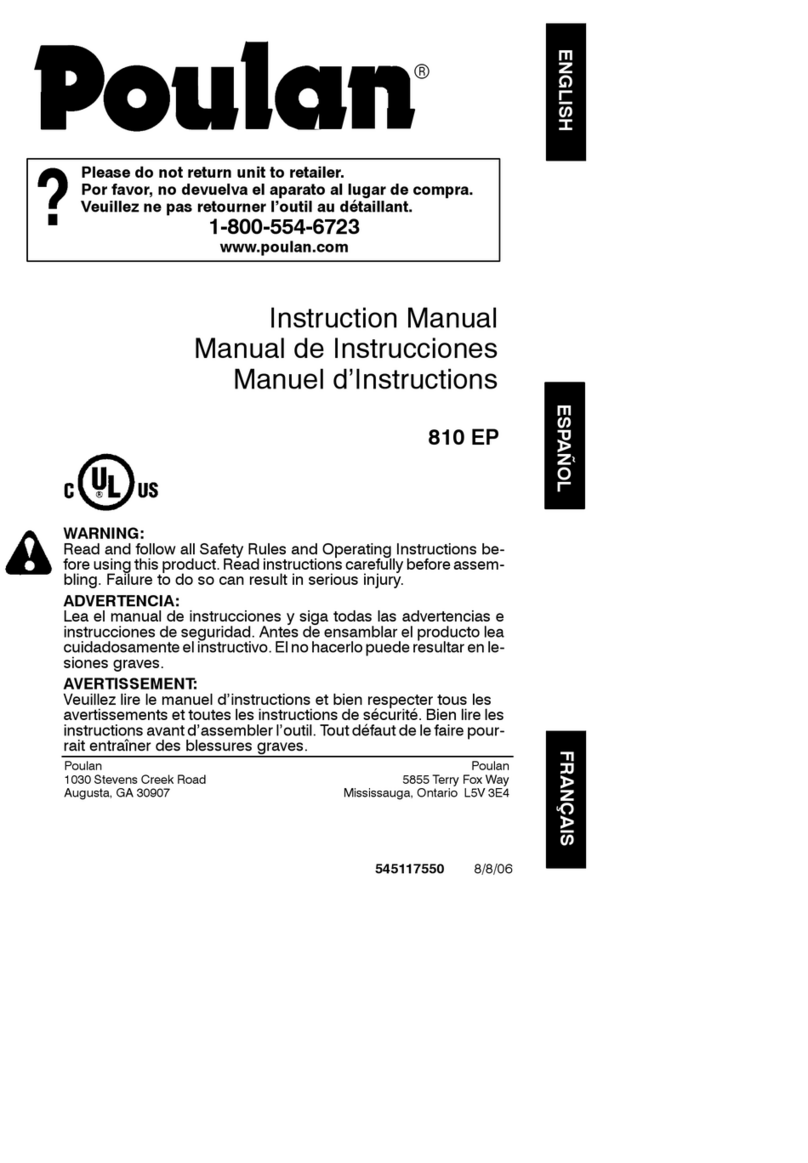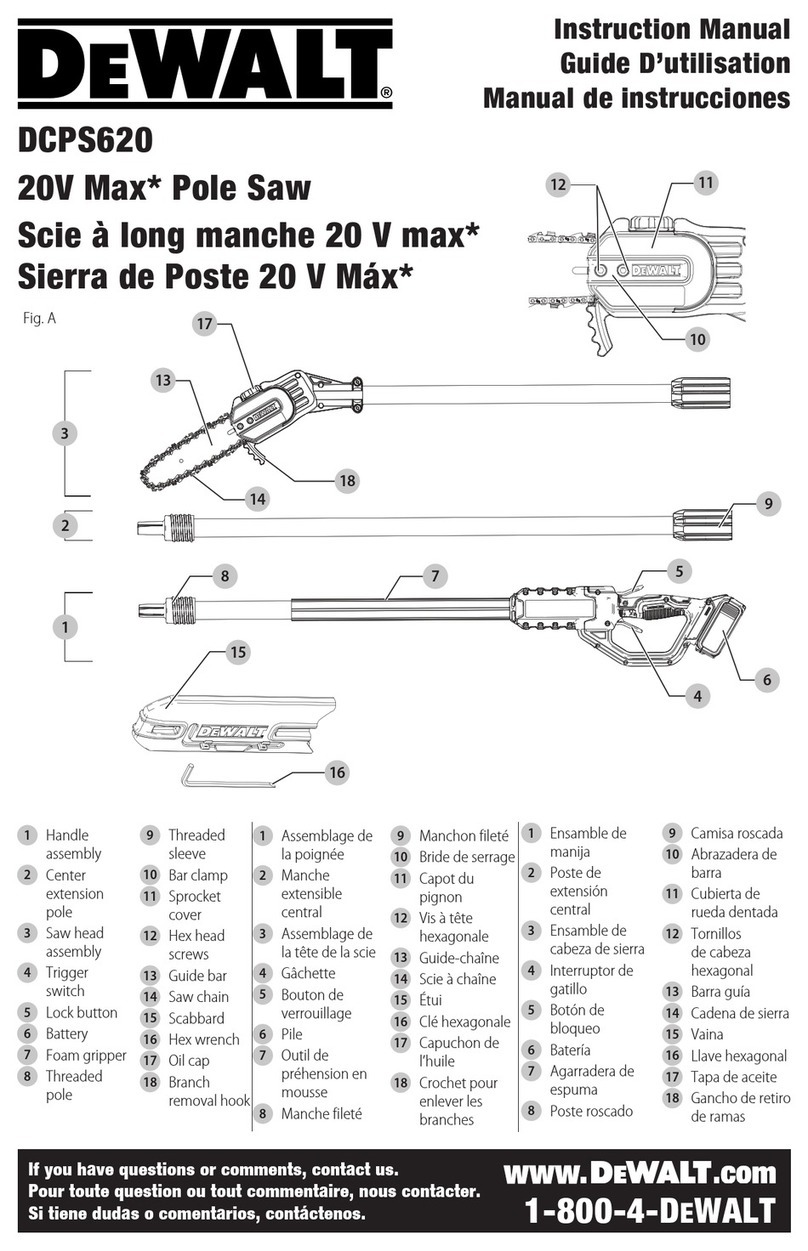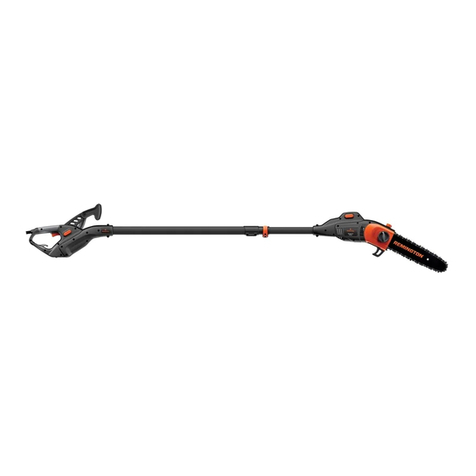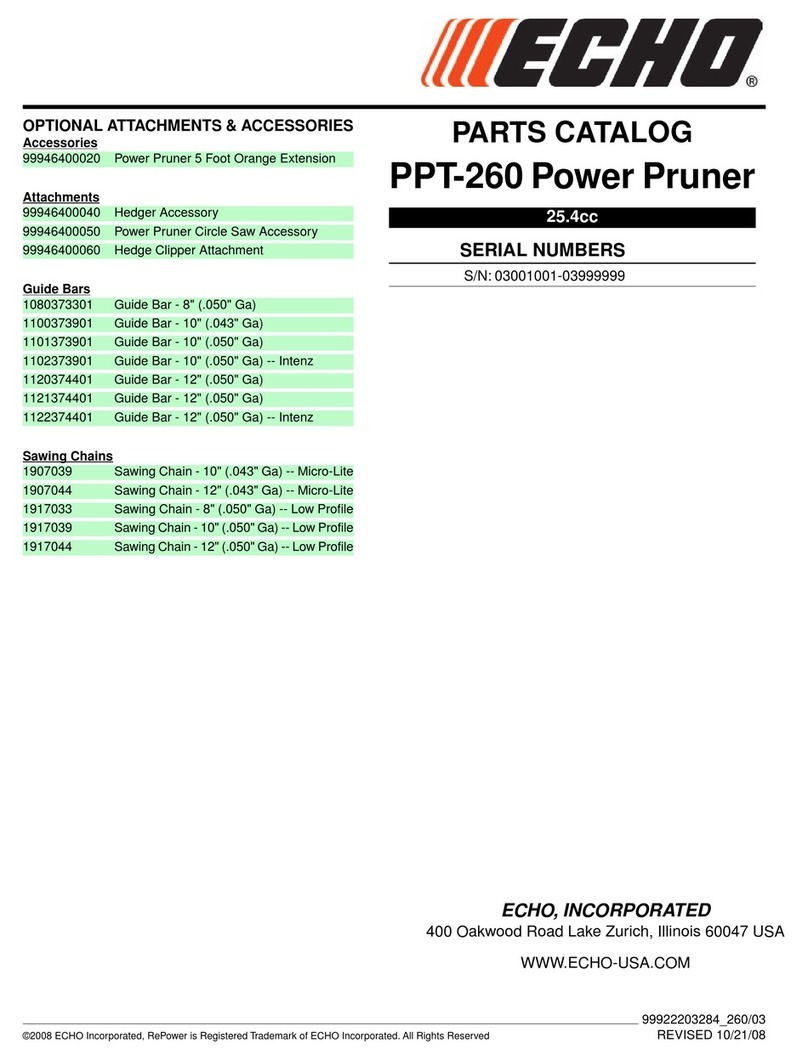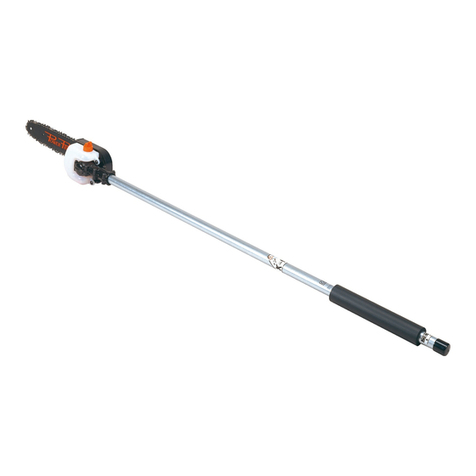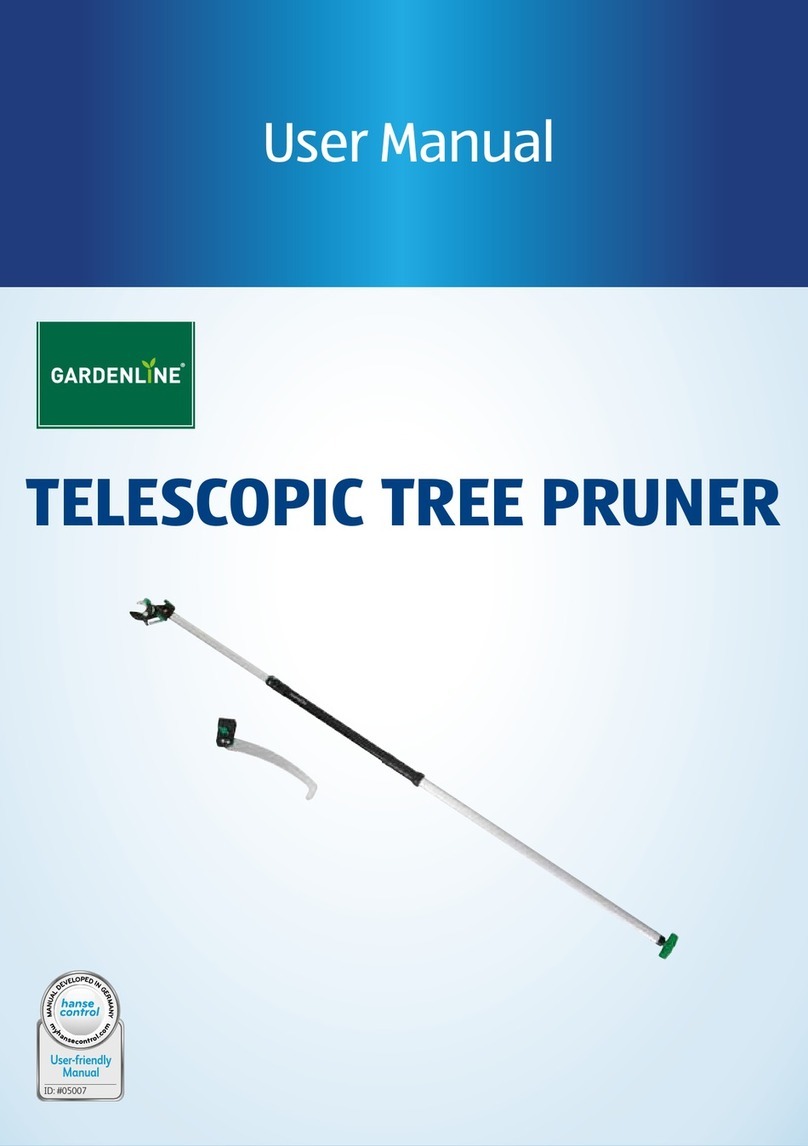
TABLE OF CONTENTS
SAFETY SYMBOLS ...............................................................................................................................................................................................................4
SAFETY PRECAUTIONS.......................................................................................................................................................................................................5
TOOL STICKERS & TAGS .....................................................................................................................................................................................................7
HYDRAULIC HOSE REQUIREMENTS..................................................................................................................................................................................8
HTMA REQUIREMENTS........................................................................................................................................................................................................9
OPERATION.........................................................................................................................................................................................................................10
PREPARATION FOR INITIAL USE ..................................................................................................................................................................................10
CHECK HYDRAULIC POWER SOURCE ........................................................................................................................................................................10
CHECK TOOL ..................................................................................................................................................................................................................10
CHECK TRIGGER MECHANISM.....................................................................................................................................................................................10
CONNECT HOSES ..........................................................................................................................................................................................................10
OPERATING PROCEDURES ..........................................................................................................................................................................................10
EQUIPMENT PROTECTION & CARE .................................................................................................................................................................................12
TROUBLESHOOTING .........................................................................................................................................................................................................13
SPECIFICATIONS................................................................................................................................................................................................................14
ACCESSORIES ...................................................................................................................................................................................................................14
SERVICE..............................................................................................................................................................................................................................15
PRIOR TO DISASSEMBLY ..............................................................................................................................................................................................15
PRUNER DISASSEMBLY ................................................................................................................................................................................................15
KNIFE BLADE, HOOK, LINK BAR & SLIDE HEAD DISASSEMBLY ..............................................................................................................................15
EXTERNAL TUBE ASSEMBLY ........................................................................................................................................................................................15
INTERNAL TUBE ASSEMBLY .........................................................................................................................................................................................15
TUBE COUPLING ............................................................................................................................................................................................................15
PISTON & PISTON ROD .................................................................................................................................................................................................15
CYLINDER & CYLINDER OIL TUBE ...............................................................................................................................................................................15
VALVE HANDLE ASSEMBLY...........................................................................................................................................................................................15
PARTS INSPECTION.......................................................................................................................................................................................................16
KNIFE BLADE, HOOK, LINK BAR & SLIDE HEAD ASSEMBLY .....................................................................................................................................16
INTERNAL TUBE .............................................................................................................................................................................................................16
EXTERNAL TUBE ............................................................................................................................................................................................................16
PISTON ROD & PISTON .................................................................................................................................................................................................16
VALVE SPOOL & VALVE HANDLE ..................................................................................................................................................................................16
HYDRAULIC SUPPLY......................................................................................................................................................................................................16
PRUNER ASSEMBLY ......................................................................................................................................................................................................16
VALVE HANDLE ASSEMBLY...........................................................................................................................................................................................16
CYLINDER & CYLINDER OIL TUBE ...............................................................................................................................................................................16
PISTON & PISTON ROD .................................................................................................................................................................................................16
TUBE COUPLING ............................................................................................................................................................................................................17
INTERNAL TUBE ASSEMBLY .........................................................................................................................................................................................17
EXTERNAL TUBE ASSEMBLY ........................................................................................................................................................................................17
KNIFE BLADE, HOOK, LINK BAR & SLIDE HEAD DISASSEMBLY ..............................................................................................................................17
TESTING FOR OPERATION & PERFORMANCE ...........................................................................................................................................................18
PARTS ILLUSTRATION .......................................................................................................................................................................................................19
PARTS LIST .........................................................................................................................................................................................................................20
WARRANTY .........................................................................................................................................................................................................................21
3
For the nearest authorized and certified dealer, call Stanley Hydraulic Tools at the number listed on the back of
this manual and ask for a Customer Service Representative.
SERVICING THE STANLEY HYDRAULIC Pruner. This manual contains safety, operation, and routine maintenance
instructions. Stanley Hydraulic Tools recommends that servicing of hydraulic tools, other than routine mainte-
nance, be performed by an authorized and certified dealer. Please read the following warning.
SERIOUS INJURY OR DEATH COULD RESULT FROM THE IM-
PROPER REPAIR OR SERVICE OF THIS TOOL.
REPAIRS AND / OR SERVICE TO THIS TOOL MUST ONLY BE
DONE BY AN AUTHORIZED AND CERTIFIED DEALER.
WARNING
